New exhibition 丨 Pokémon "Best" will appear at the Sands Site Museum: Do not get out of Chengdu, experience the fun of "catching the sea"
Author:Red Star News Time:2022.07.14
It has been with dinosaurs and witnessed the vicissitudes of the sea of the earth for 500 million years; it has crossed the mountains and the sea and hides the "civilized password" of ancient Shu's foreign exchanges; It is shellfish.
From July 20th to October 23rd, the special exhibition of "Magic Bao 'Beckham' -The Wonderful shellfish World" will be held at the Sands Site Museum. The college, the Sanxingdui Museum of Sichuan Guanghan, and the Chengdu Sands Site Museum, including the shellfish specimens and more than 1,200 related cultural relics (sets) collected by the library units, bring the cool sea breeze to Chengdu in the summer.
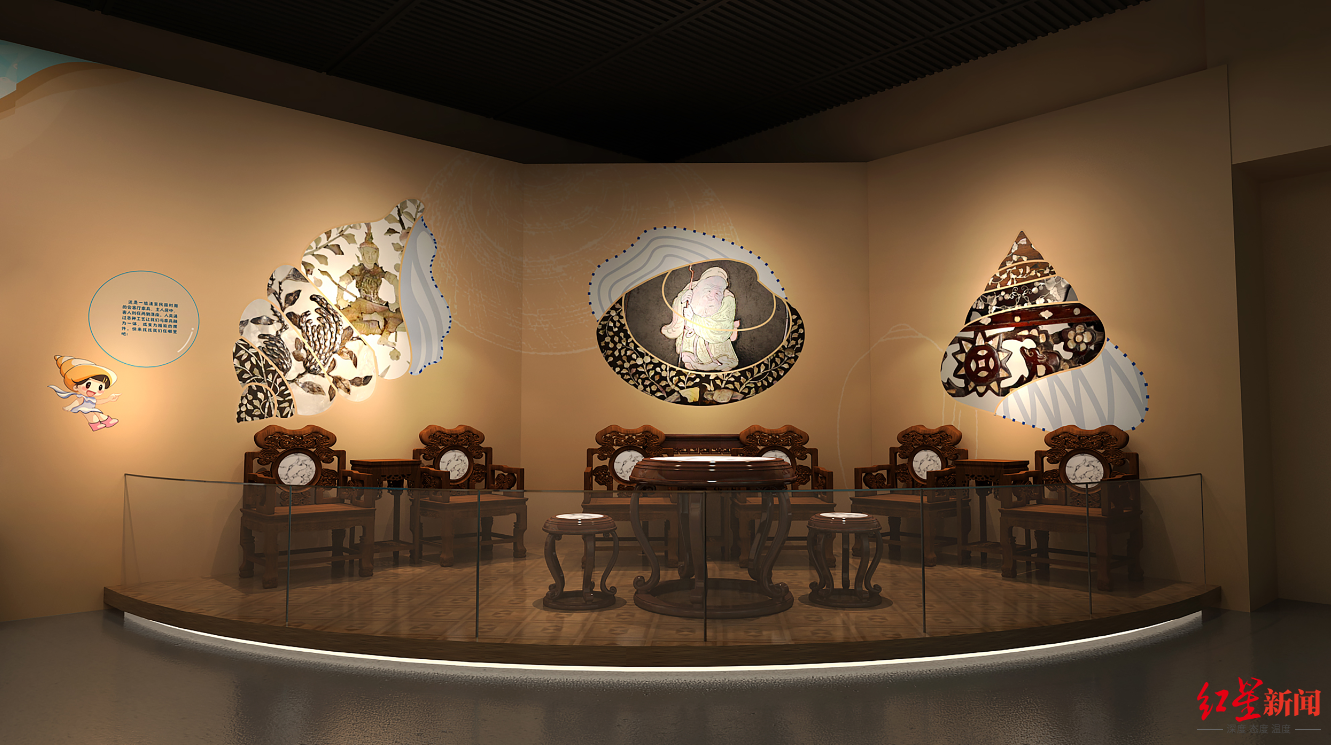
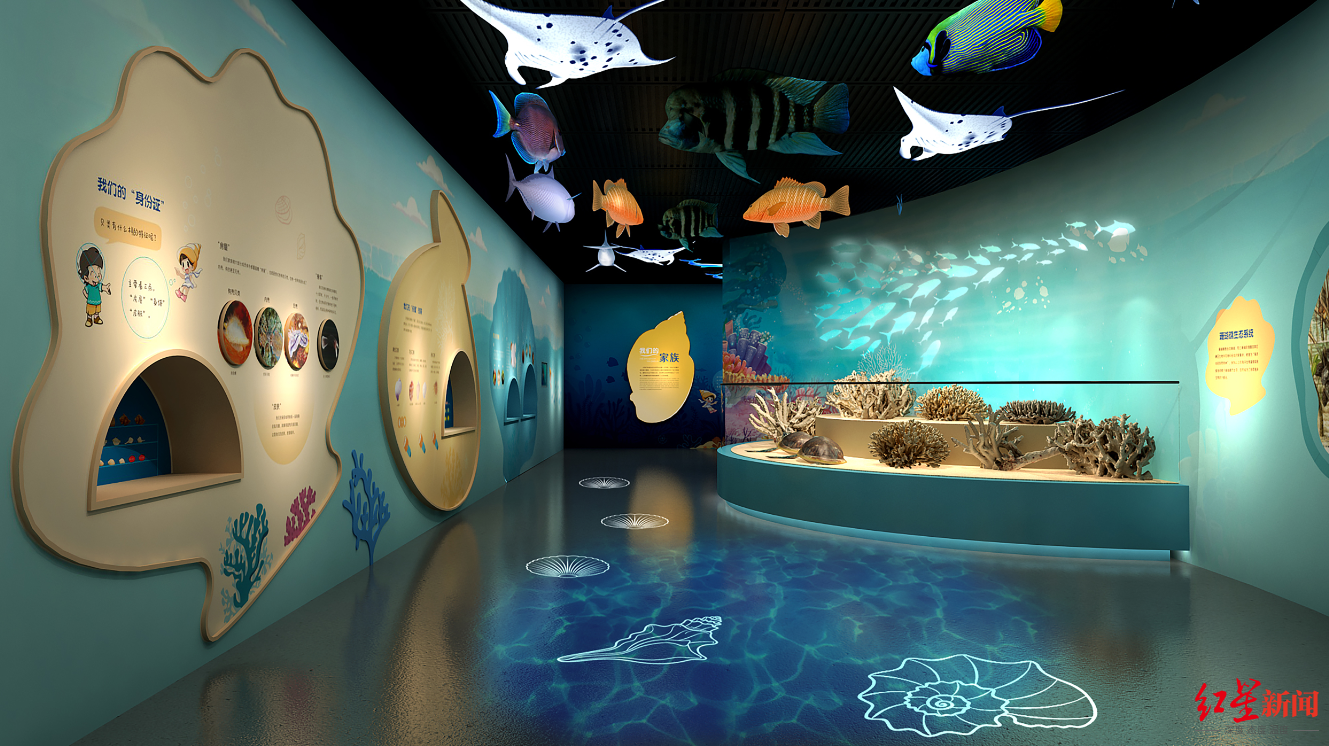
"Magic Bao‘ Beibea ’” Special Exhibition Hall design drawing
This exhibition creatively combines natural science popularization with human history, leading the audience to understand the habitat environment of Haibei, and encounters hundreds of shellfish with different attitudes and different habits. Out of the ocean, shellfish -related cultural relics discovered in different eras and regions will launch a historical scroll for the audience.
Jinsha shell pattern copper wares are rare
Among the Sanxingdui sites in Sichuan, southwest of China, a large number of sea shells, bronze shells, and turquoise shells were unearthed. In the sacrifice area of the Jinsha site in Chengdu, it was also discovered that Yibei and shellfish bronze wares made based on Haibei form and decoration.
Archaeologists speculate that in the lives of the ancient Shu people, Haibei may also be a "luxury goods". In important sacrifice activities, they were dedicated to the heaven and the ancestors and the ancestors.
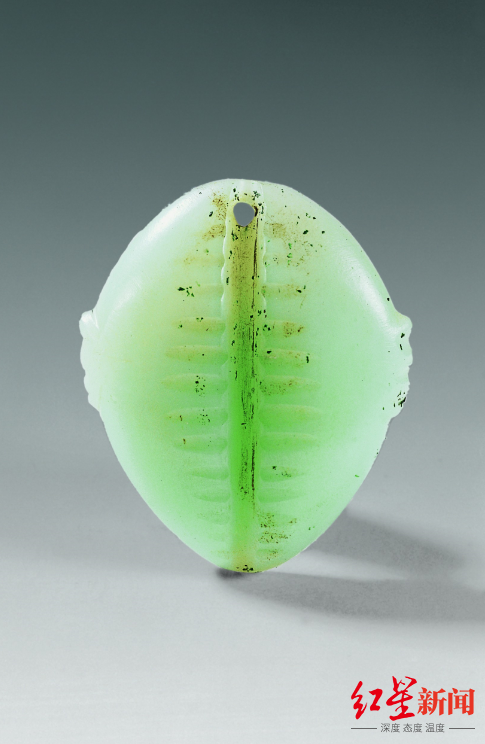
Display cultural relics: Yuhai Bei
So, where is the ancient Shu Haibei come from? Archaeological found that there are tooth grooves in the middle of the ring -shaped shells unearthed from Samsung Dou, which are produced in the deep sea of the Indian Ocean. According to historical records, in the northern Indian Ocean, this shellfish is used as currency. Therefore, these sea shells may be accompanied by trade activities. From the Yunnan region such as India and Myanmar, they come to the Chengdu Plain through the Yunnan region.
In addition, in addition to the Indian Ocean in the west, Haibei in the ancient Shu area may also come from the South my country Sea region in China, which can reach Guangdong, Guangxi, Guizhou, and reach Sichuan. Inspired by the shape of the sea and shellfish, the ancient Shu people also used other precious materials to make copper, turquoise shell, jade sea shell, shellfish copper, etc., showing outstanding artistic creativity.
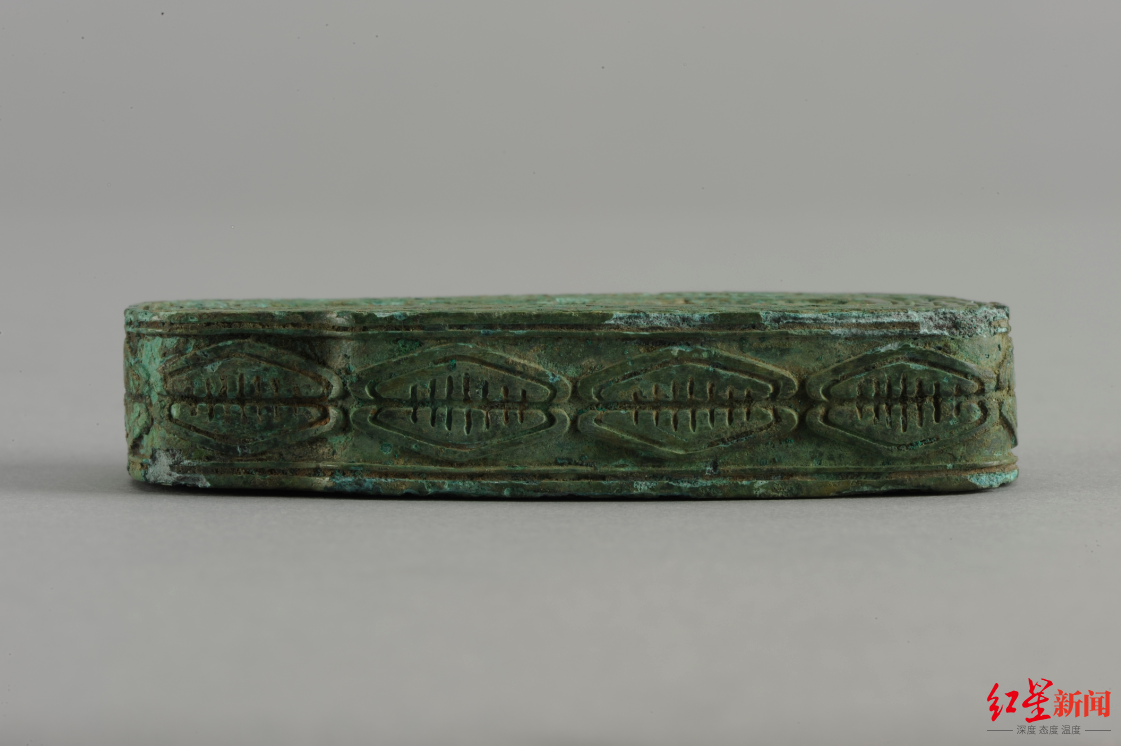
Exhibit cultural relics: Bronze Copper
In this exhibition, a new round of Sanxingdui ruins will be exhibited for the first time, and the shellfish bronze unearthed from the Jinsha site will also be rarely unveiled. This bronze is flat and the hollow structure. It is also filled with black inorganic matter when unearthed, and its side decoration has 11 shell patterns of different sizes.
Rare specimen concentrated display
As the largest number of exhibits in the Sands Site Museum over the years, this exhibition exhibited more than 1,200 (sets) exhibits. Among them, shellfish, fish, corals and other specimens were nearly 1,000 pieces (sets). The 29 rare shellfish specimens such as the Fa snails, Tang Guan snails and Nautilus, the king of nautilus, and the king of nautilus, and the king of the shellfish will be exhibited.
The most "senior" of this specimen is Nautilus. It is known as the "living fossil" in the ocean and has experienced hundreds of millions of years on the earth. Based on the principle of controlling its own floating, humans manufacture the first nuclear submarine. The Pearl Nautilus, which is exhibited this time, is listed as a national -level key protection wildlife; the seas of Rongguang Taro snails, because it has a beautiful pattern like the sea rises and falls on the sea, it is like the sun rises and falls on the sea. The name of its high "face value" is worth seeing; the largest volume is called the "king of shell", which is nearly 1 meter in diameter.
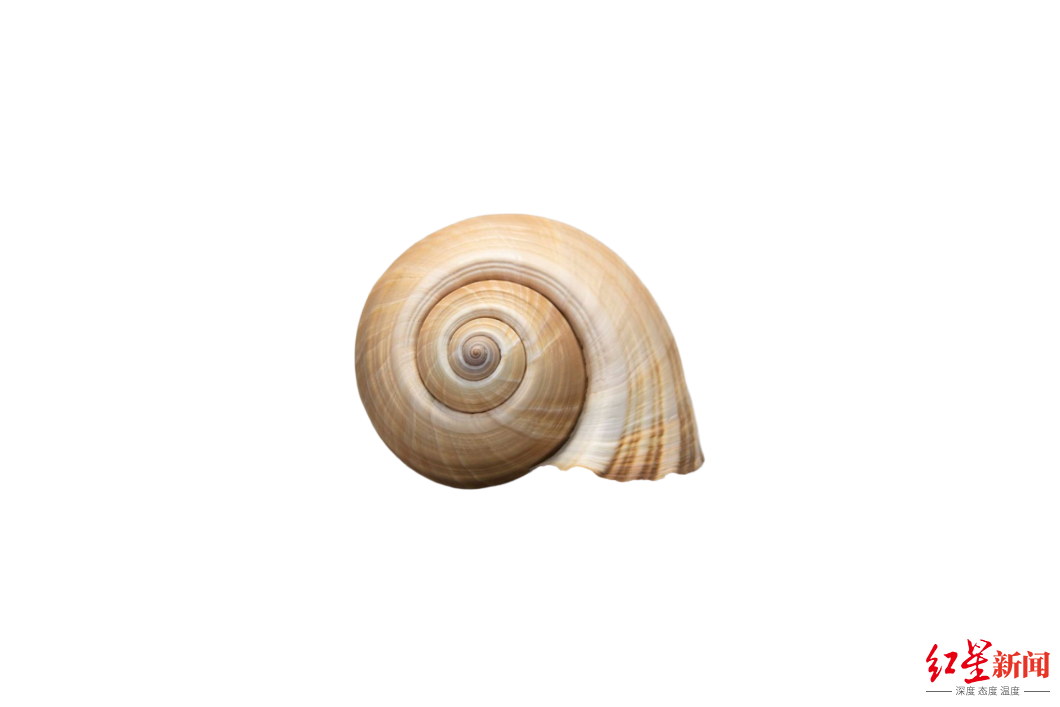
Exhibit specimen: Big Lifeline Snail
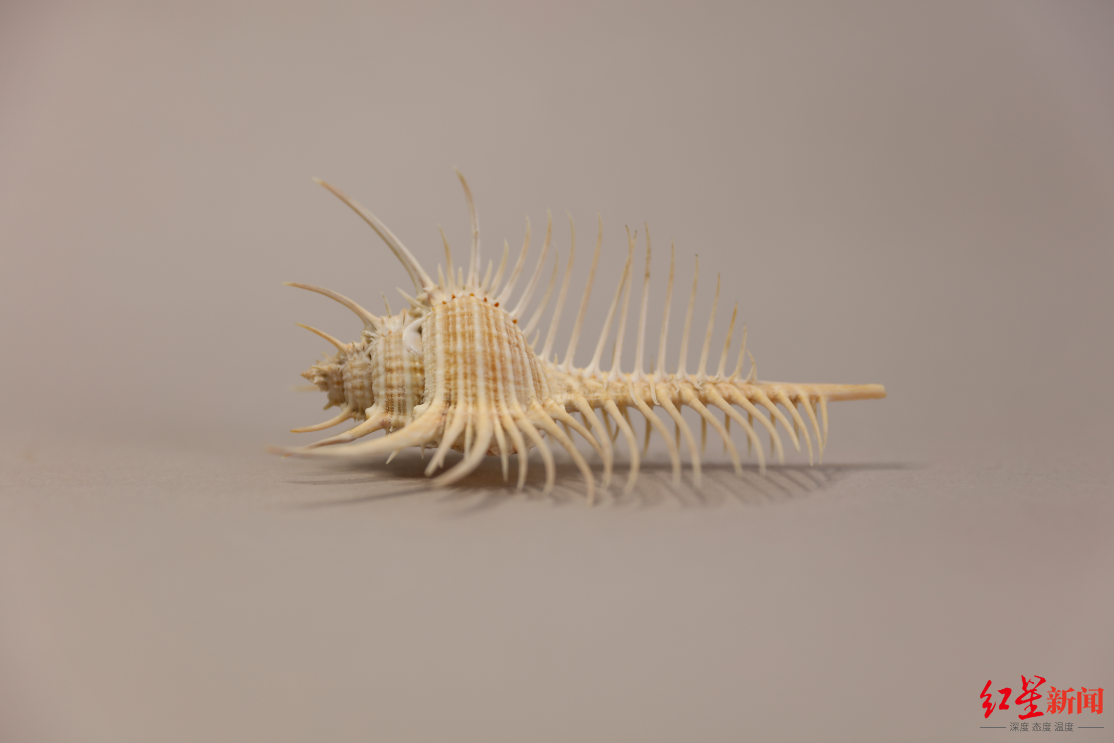
Exhibition specimen: Venus bone snail
In addition, there are the sun -shaped sun -shaped snails, like ancient Shu ivory, but have a longer history of ivory shellfish, in ancient Greek mythology to sort the bone snails of long hair ... If you do n’t get out of Chengdu, you can experience “catching the sea to the sea. "fun of.
The essence of craftsmanship is submitted into the micro
Since the prehistoric era, the shellfish that has been incomprehensible to human life has also been transformed into different forms of shell coins, shell carving, snail art, and daily necessities. Colorful imprints in human life.
Among them, snails and shelling arts are particularly noticeable. The ancient craftsmen were carved with shells, birds, beasts, flowers and plants, or independently made into decorations, or inlaid on lacquerware or wood.
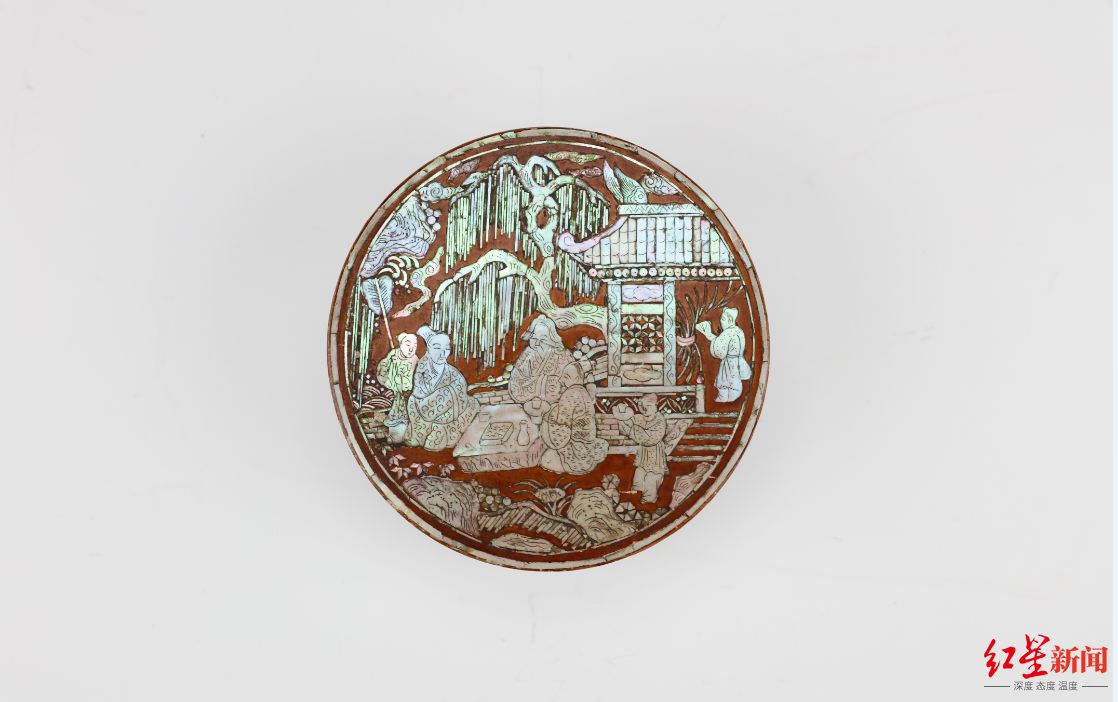
Exhibit cultural relics: Qing Dynasty wooden paint embedded snails character figure Figure 3 layer ink cartridge
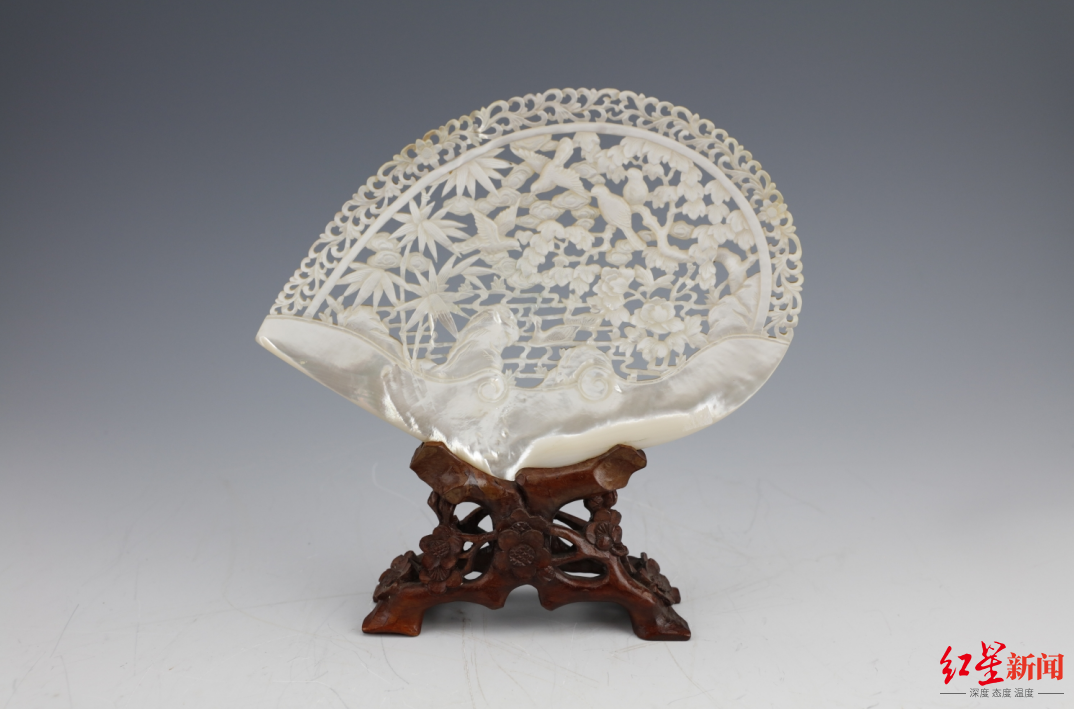
Exhibit cultural relics: The Republic of China Beauty Embracing Hollow Flower and Bird Pattern Display
In this exhibition, the Sailing furniture set that the South China Sea Museum first appeared in the exterior, as well as the portrait of the micro -cutout shellfish, not only vividly described the social life of the time, but also gave the audience a beauty experience.
Red Star News reporter Zeng Qi
Edit Li Jie
- END -
Inspector announcement
With the approval of the Municipal Party Committee and Municipal Government, the Beijing First Ecological Environmental Protection Supervision Team entered the Haidian District from June 22 to July 21
Big data tells you: Heilongjiang tourist attraction TOP4

The northern country is good, all in Heilongjiang. You are welcome to come to Long...